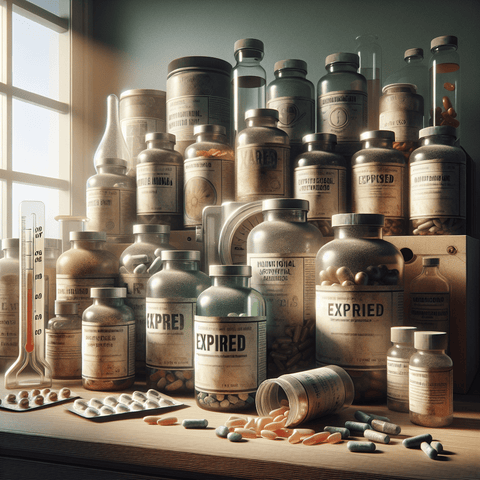Potency of old supplements is a topic that invites careful, science-focused discussion. When we examine classic formulas, the central question is what “potency” means in this context: the concentration of key constituents, the stability of those constituents over time, and how consistently those amounts can be reproduced across batches. By framing the discussion around analytical definitions rather than perceived effects, we can explore how aging staples were formulated, how storage and manufacturing practices influence their composition, and how that compares to modern blends. Historically, the potency of old supplements varied widely due to sourcing and processing differences. Raw materials differed by origin, harvest time, and quality, while extraction methods and drying processes were less standardized. Packaging and storage conditions could accelerate degradation or cause shifts in constituent profiles. Without rigorous standardization, batch-to-batch variability was common, making the measured potency more a reflection of supply chain and handling than of a fixed formula. This emphasizes the importance of analytical characterization when discussing potency, since numbers derived from testing help reveal the true composition of a product beyond what appears on the label. Modern blends have benefited from advances in formulation science and quality control. Standardization of extracts, clearly defined marker compounds, and tighter supply chains allow contemporary products to achieve more consistent potency across lots. Analytical techniques such as high-performance liquid chromatography, gas chromatography–mass spectrometry, and other spectroscopic methods enable detailed profiling of constituent levels and their stability. In addition, improvements in packaging, shelf-life testing, and regulatory frameworks support more predictable potency over time. While this can make modern blends more reproducible, the emphasis remains on objective measurements rather than anecdotal impressions of effectiveness. In evaluating the potency of old supplements versus modern blends, it helps to agree on metrics like marker compound concentration, batch-to-batch reproducibility, and stability under common storage conditions. Independent testing and third-party certifications can provide transparency about the actual composition and stability of a product. By focusing on the science of potency—how constituents are measured, controlled, and preserved—we can compare aging staples with contemporary blends in a way that is rigorous and free from unsubstantiated claims.

